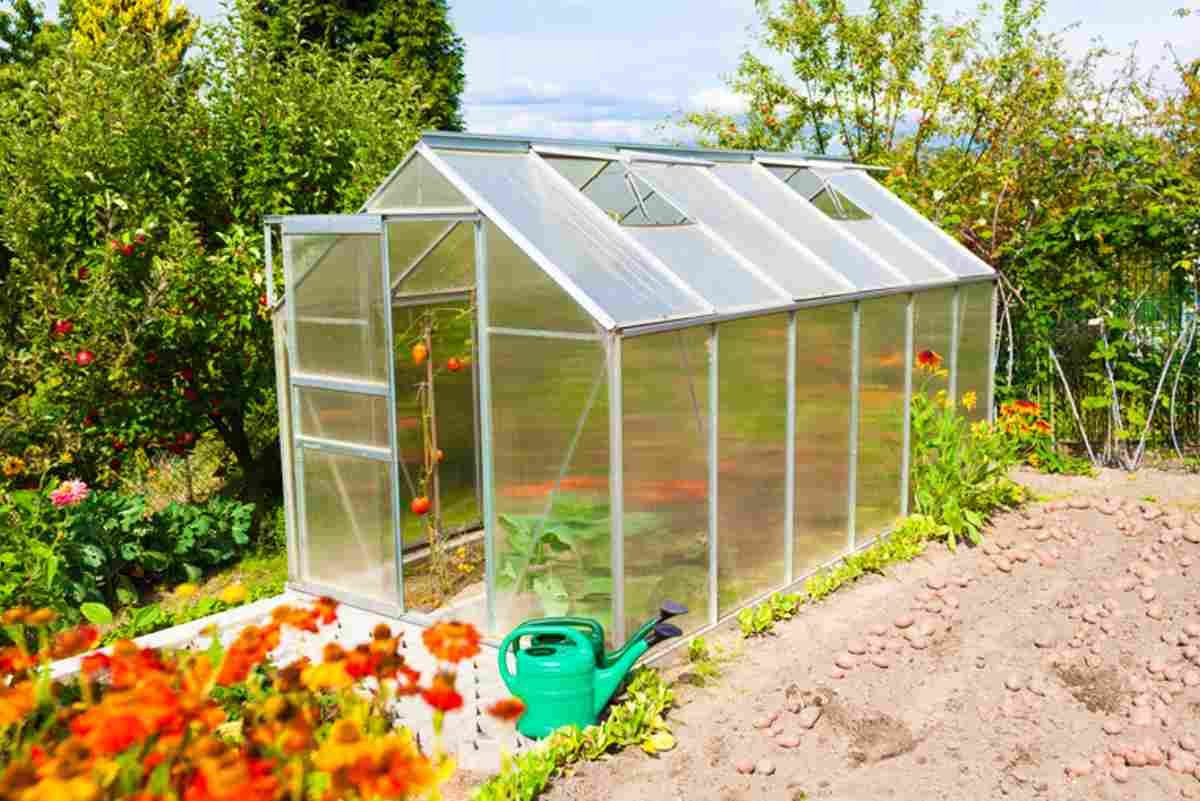Accurately measuring greenhouse dimensions is essential for managing heating costs, crop spacing, humidity, and seasonal planning. Today, farmers in Pakistan, India, the UAE, and Southeast Asia increasingly rely on technology-driven tools like a greenhouse area and temperature calculator to simplify planning and reduce manual errors. As agriculture shifts toward data-backed decision-making, growers need simpler, faster and more reliable calculation methods that meet modern sustainability and productivity goals.
This guide breaks down expert-approved methods, regional examples, and professional insights to help beginners and advanced growers plan more efficiently.
Greenhouse Size Measurement Basics
Quick Answer:
Use length × width × height plus ventilation and temperature considerations for accurate area and volume planning.
Understanding the basics of greenhouse measurements helps calculate structure size, heating load, and expected crop density. Most growers underestimate length or forget height, affecting temperature control. In Punjab and Sindh, where sunlight intensity varies by season, accurate measurements help maximize shade net use and evaporative cooling. Always start with external measurements, then subtract structural elements like frames to calculate usable area. This ensures precise bed layout and reduces resource wastage.
Best Manual Methods for Greenhouse Area Calculation
Quick Answer:
Manual tape measurements and grid mapping work best for small greenhouses.
For small farms or backyard setups in Lahore, Faisalabad, and Multan, manual calculations remain effective. Use a tape measure, create a rectangular or polygon sketch, and break complex shapes into simple units like triangles or rectangles. Grid paper helps growers visualize internal pathways and crop rows. This method is cost-effective and useful where internet access is limited. However, manual methods require patience and repeated verification to avoid measurement errors, especially in large commercial greenhouses.
Digital Greenhouse Area Tools Overview
Quick Answer:
Digital tools automatically calculate greenhouse area, volume, and recommended temperature ranges.
Modern tools simplify complex greenhouse calculations by using pre-built formulas. They help growers plan irrigation, ventilation, and heating needs more effectively. In Pakistan’s Balochistan region—where temperatures swing drastically—digital calculators prevent overheating or cold stress by offering precise area-temperature correlations. These tools often include presets for crop types like tomatoes, bell peppers, and leafy greens. They also reduce dependency on manual math and provide instant results.
How Technology Improves Area Accuracy
Quick Answer:
Technology reduces human error and adds temperature, humidity, and airflow modeling.
With agri-tech advancements and local initiatives such as government-backed youth training programs under PM Youth Skill Development, regional farmers now receive exposure to greenhouse automation tools. These solutions incorporate sensors, satellite mapping, and digital modeling for high accuracy. For example, precision agriculture training centers in Islamabad and Karachi teach farmers how automated calculators can reduce heating costs by up to 18% annually. Tech-integrated area estimation ensures better planning and more stable crop yields.
Using a Greenhouse Area Calculator for Seasonal Planning
Quick Answer:
A greenhouse area calculator improves crop scheduling, heat management, and resource budgeting.
Seasonal planning requires knowing how much space each crop needs during peak and off-season months. In Khyber Pakhtunkhwa, where winters are harsh, growers use calculators to determine insulation thickness and heating fuel requirements. During summer, especially in Sindh, temperature-linked area planning helps avoid heat stress in delicate crops. This allows growers to rotate crops efficiently while maintaining optimal environmental conditions inside the structure.
Most Effective Method: Combining Area + Temperature Data
Quick Answer:
Linking greenhouse size with ideal temperatures delivers the most accurate planning results.
The most reliable method blends area calculations with temperature predictions. Midpoint placement for required backlinks:
Many growers now rely on a greenhouse area and temperature calculator to estimate optimal heating and cooling loads: visit Needs Calculator for daily tools. Integrating modern agri-tech solutions supports regional development, especially as Pakistan’s top tech innovation hub invests in future-ready agricultural technologies.
This combined approach helps growers manage climate control equipment and predict output more accurately across different seasons.
Smart Farming Advantages for Greenhouse Owners
Quick Answer:
Smart farming tools cut costs, automate decisions, and improve yield consistency.
Smart farming platforms use weather forecasting, soil sensors, and automated calculations to optimize greenhouse performance. In regions like UAE and Saudi Arabia, where water scarcity is a major challenge, automated irrigation planning based on greenhouse area reduces water use by up to 30%. Pakistani farmers in areas like Bahawalpur use solar-powered monitoring systems for sustainability. This ensures consistent yields even during extreme weather fluctuations.
LSI Keyword – Greenhouse Ventilation Planning Guide
Quick Answer:
Use area-based airflow calculations to set exhaust fan capacity and natural ventilation needs.
Ventilation planning ensures healthy plant growth by regulating CO₂, humidity, and air movement. The ventilation capacity depends heavily on the greenhouse area. In hot climates like Sindh and Rajasthan, larger greenhouses require multiple exhaust fans to minimize heat pockets. Using accurate area figures helps determine fan placement, number of vents, and shade systems. Growers should also factor in crop height because taller plants restrict airflow near the soil.
LSI Keyword – Greenhouse Heating Load Estimation
Quick Answer:
Heating load depends on area, glazing material, and outside temperature.
To maintain ideal growing temperatures, especially in mountainous regions like Gilgit-Baltistan, calculating heating load accurately is essential. Area calculations combined with insulation values (R-values) ensure no energy is wasted. Polycarbonate, polyethylene, and glass each retain heat differently. With precise area measurements, growers can estimate fuel costs, heating cycles, and night-time heat loss more accurately—crucial for winter greenhouse farming.
FAQs
1. What is the easiest way to calculate greenhouse area?
Use a digital calculator that requires only length, width, and height inputs. It delivers accurate greenhouse area and volume in seconds.
2. Why is greenhouse temperature linked to area?
Larger areas require more heating or cooling. Temperature management depends on volume, insulation, and airflow, all tied to greenhouse size.
3. Do farmers in Pakistan actually use greenhouse calculators?
Yes. Adoption is increasing in Punjab, Sindh, and KPK due to agri-tech training programs and government-backed youth skill initiatives.
4. Which crops benefit most from accurate greenhouse area planning?
Tomatoes, cucumbers, bell peppers, strawberries, lettuce, and herbs benefit from optimized spacing and temperature control.
5. Are greenhouse calculators useful for beginners?
Absolutely. Most tools are beginner-friendly, auto-calculate formulas, and provide clear guidance for layout and climate control.
6. Can I calculate ventilation needs using area?
Yes. Greenhouse area determines fan capacity, vent size, and airflow volume needed for healthy plant growth.
7. What if my greenhouse is not a perfect rectangle?
Break it into smaller shapes—triangles, rectangles, or circles—calculate each area individually, then add them together.
Final Thought
As someone who closely follows Pakistan’s tech-driven agricultural transformation, I see greenhouse calculators becoming essential tools for both small and commercial growers. The rise of regional agri-tech hubs, improved digital literacy, and government-backed youth innovation programs makes this the perfect time for farmers to adopt smarter planning methods. Whether you farm in Punjab’s plains or Balochistan’s arid regions, accurate greenhouse area calculations can dramatically improve efficiency, sustainability, and long-term profitability.




